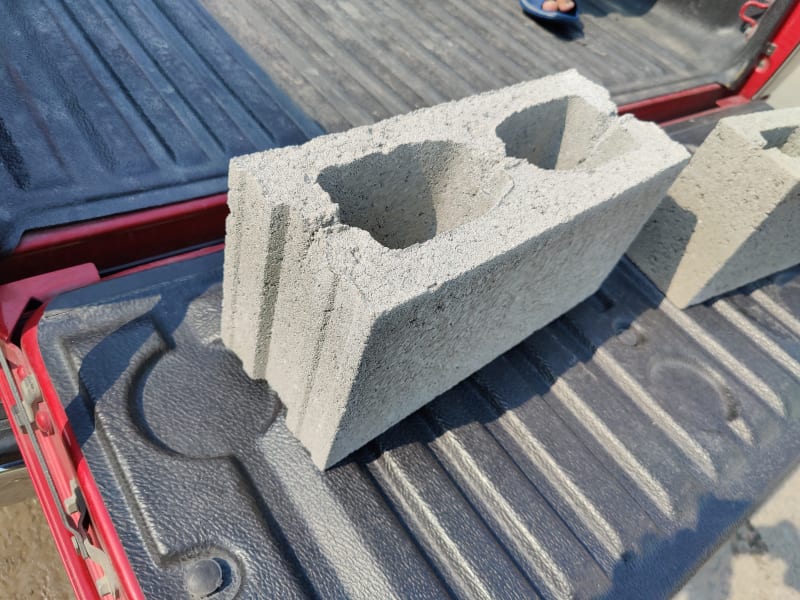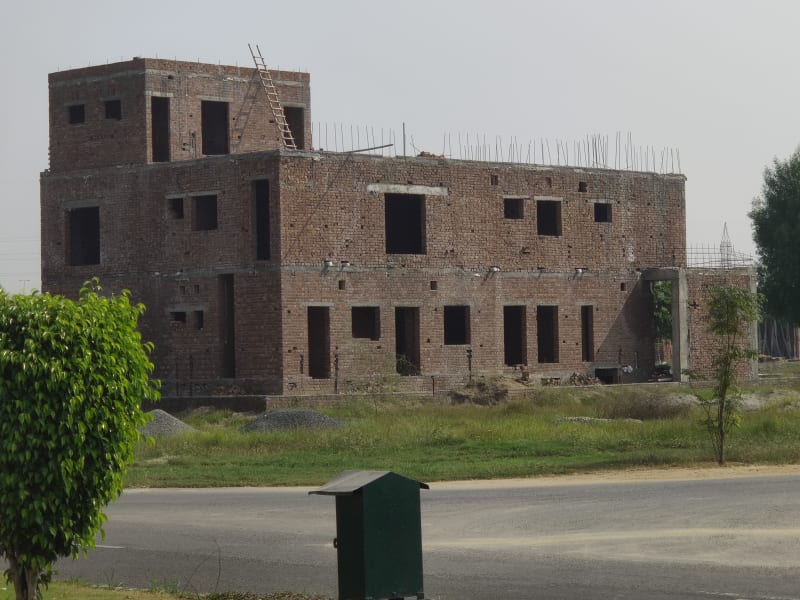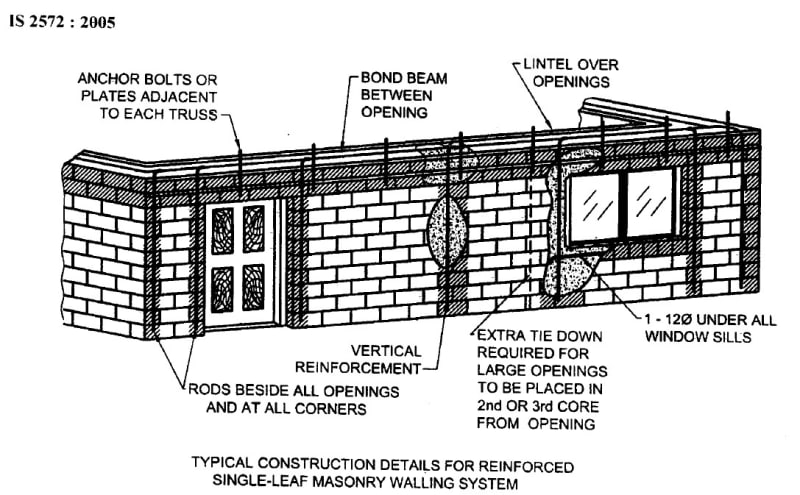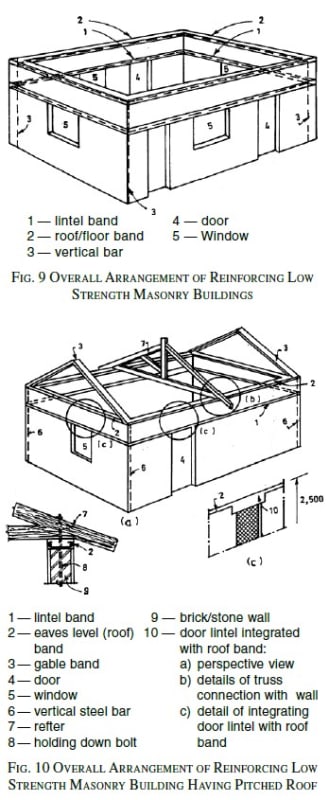Bamsi786
Structural
- Sep 22, 2020
- 31
Hey everybody, i'm from Pakistan, where bricks have been the conventional material for load bearing walls in residential homes, as blocks were non load bearing and needed frame structure which would increase the cost of the house. Bricks here are normally 1000 PSI, recently i have been working and researching, i have a few residential projects in line, and i have found some one who can make hollow blocks which are load bearing and have double the strenght of bricks (2000 PSI), now my question is, load bearing walls here are made from bricks with a thickness of 9 inches (2 brick thick wall, as 1 brick is 4.5 inch thick), the hollow concrete blocks are 6 inches thick but are load bearing and double capacity. So moving from 9 to 6 inch, is that okay?
Secondly, no reinforcement is used in brick masonry here, so should i do the same with the hollow blocks? I also have solid block with same PSI strenght as an option, but hollow for better insulation of heat as it gets really hot here. Sorry for the long post.
Secondly, no reinforcement is used in brick masonry here, so should i do the same with the hollow blocks? I also have solid block with same PSI strenght as an option, but hollow for better insulation of heat as it gets really hot here. Sorry for the long post.




